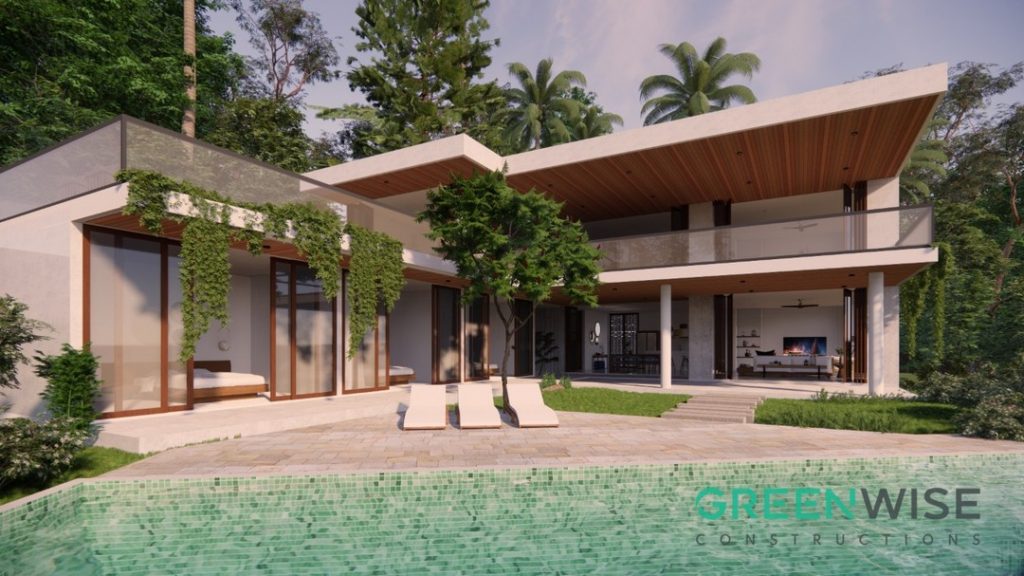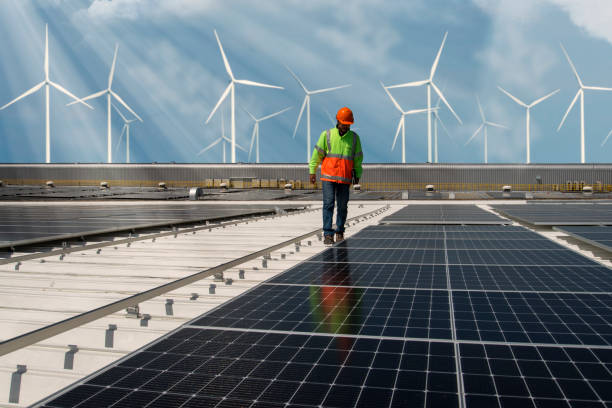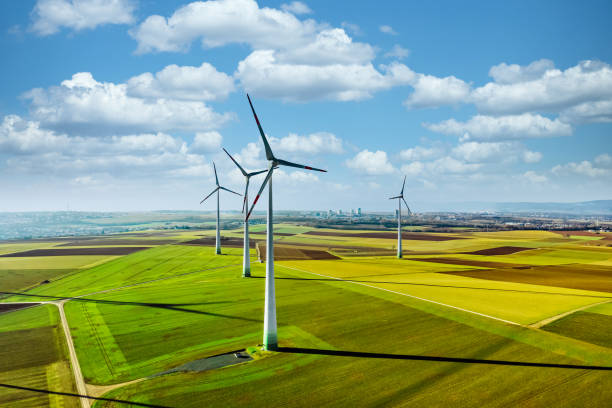Sustainable construction is using recyclable and renewable resources and materials. Care must be taken throughout construction projects to minimize waste and energy use while protecting the surrounding ecosystem. The sustainable environment materials of the building mostly refer to environmental damage during building operations, site planning, maintenance, repair, and demolition. In order to complete the procedure, the client, architects, and construction engineers must work closely together.

The goal is to ensure that building and construction technologies are cost-effective, durable, and have a low overall impact on the environment and human health. With a focus on energy and resource efficiency, water conservation, enhanced occupational health, and decreasing pollution and waste.
Solar Power
Sustainable construction can be used in two ways: active and passive solar power. Active solar energy makes use of working solar systems that take in solar radiation and use it to generate electricity and heat. It reduces the requirement for gas or electricity.

It reduces the requirement for gas or electricity. On the other hand, passive solar power makes use of the sun’s energy to warm buildings by strategically positioning windows and using heat-absorbing materials.
Sources of Sustainable Resources
Sustainable resource sourcing, which guarantees the use of building materials derived from recycled resources and that should be environmentally friendly, is the main element of sustainable construction technology.
Construction materials are frequently made from agricultural residues. In general, the materials are made of recycled, recyclable, and recyclable materials from sustainable sources.
Use Smart Appliance
The largest energy consumers worldwide are homes and office buildings. Because of this, using smart appliances as a component of sustainable construction technologies has become necessary. The installation of efficient and energy-saving appliances is prioritized by long-lasting construction technologies.

Examples of such environmentally friendly devices are microwaves, SmartGrid refrigerators, dishwashers, and washing machines. The technology aims to create zero-energy residential and commercial structures.
Water Efficiency Technologies
Several water-saving technologies are used in sustainable construction, all of which are interconnected. The technologies essentially cover the recycling and application of effective water supply systems, including the employment of techniques like dual plumbing, greywater reusing, rainfall harvesting, and water-saving fixtures. In order to reduce the freshwater deficit, the technologies aim to cut water waste in urban areas by 15%.
Technology Efficiency
Buildings require a lot of energy, some of which comes from fossil fuels that emit CO2 and other emissions. It is possible to finish more structures faster if this process is made more effective. It considerably lessens each building’s environmental impact.

Another factor is that the construction in this area is poorly supervised and depends heavily on a big number of temporary workers. Projects finish faster because there is less waiting around. If a contractor management system is utilized to make sure that person receives the right training and that they show up at the site prepared to work from the very first day.
Biodegradable Materials
A sustainable method of making construction is to use biodegradable materials. Most conventional building materials result in the buildup of dangerous chemicals and waste, the majority of which take hundreds of years to degrade. Additionally, they contaminate and harm the ecosystem even after they degrade.
It’s not necessary for readily biodegradable materials like traditional linoleum, bamboo from sustainably managed forests, wood, mycelium (a type of fungus), and organic paints to wind up in a landfill.
They easily degrade without producing pollutants, limiting the adverse effects on the environment. Sustainable construction methods also include using biodegradable materials for foundations, walls, and insulators.